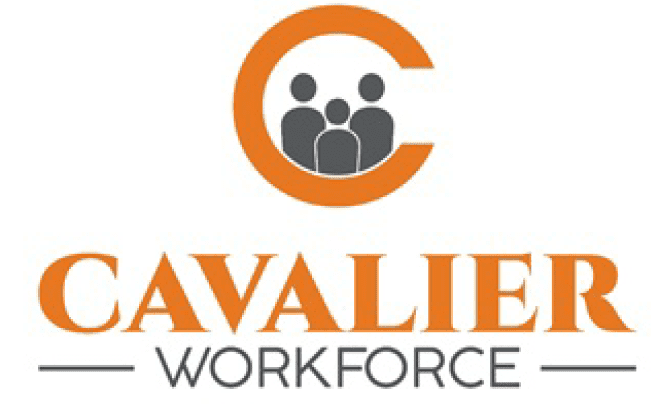Rich data insights improve decision making, and now there are many ways to acquire and leverage it. Find out how Cavalier can help you to implement a data-driven talent strategy
Check out FIVE ways to boost your talent data insights
Your digital talent strategy
We live in a digital age, and that means we are surrounded by data. Sometimes, it’s easy to ignore the potential of data to inform decision making on talent selection decisions, when for so many years company executives and hiring managers have largely relied on their intuition to make hiring decisions.
At Cavalier Workforce, we supply our clients with rich data insights on program performance, industry wage rates and operational statistics that drive smarter decision making… all as standard.
Five ways to use data insights to influence your decision making for the better
Sourcing rich data insights is probably easier than you know. There are many third party data repositories and analytical tools now available that you can plug into your current systems and processes at very low cost. Accessing data insights becomes even simpler when you work with a workforce partner like Cavalier that is able to provide you with these metrics as part of its services.
The obvious question is, ‘For which decisions is data insight most impactful?’ Here are five examples.
#1 Paucity of talent
When making strategic decisions on company expansion, it’s important to know how likely it is that you can source the talent you need. Companies like Cavalier Workforce have access to vast hiring databases will millions of potential candidates on their rosters. This makes it easier to understand the availability of key talent (such a PYTHON developers) in the workforce today.
#2 Market rates
As the world moves ever more ‘remote’ as the consequence of the recent pandemic, so have talent acquisition programs sought to embrace talent from a wider demographic. Market rates, that already varied on roles according to skills, experience and education, are now more heavily influenced by local labor rates. Cavalier works with third party data analytics platforms like Gartners’ TalentNeuron that combines big data and statistical insights to provide global wage rate insights.
#3 Staffing vendor performance
When operating a contingent workforce program, it’s likely your organization will want to work with a number of staffing suppliers and job platforms to source the talent it needs. Understanding which of these channels is proving most effective to tune your hiring strategy is important. Cavalier provides executives with talent performance dashboards to gain near-real-time insights into their indirect supply chain. These insights are supplemented with quarterly account reviews where we discuss with talent leaders how find marginal gains across the daily activities and processes that underpin hiring operations.
#4 Qualifications, skills testing and hiring decisioning
It’s in skills testing where the advantages of data insights powered by artificial intelligence has made its biggest impact in recent years. HackerRank, TestDome and HireVue are just some of the examples of platforms that have emerged in recent years to aid decision makers in selecting the best talent by providing online skills testing.
#5 Background checks (mitigating hiring risks)
It’s not always possible to surface all the background issues surrounding a new hire. This can be a major business risk, when misclassification fines by regulators are on the rise. New platforms like Greenlight.AI—that use AI-driven questioning scripts to check and validate submitted articles from candidates—ensure that data can be put to good use to mitigate hiring risks.

Moving forward with a data driven agenda
It’s well worth exploring with your prospective staffing partners how they can help to enriched your decisioning data, and what systems they offer to equip your business with the insights it needs.
A good way to prepare yourself for these discussions is to draft a list of the actionable insights you expect to be most impactful in your decision making BEFORE you engage with suppliers. In this way, you can compare and contrast the offerings of vendors against a ‘best case’ benchmark list.
A way to define the most impactful actionable insights is to ask the question ‘SO WHAT?’ when you’re looking at data to draw down on the value it can yield.


Recent Comments